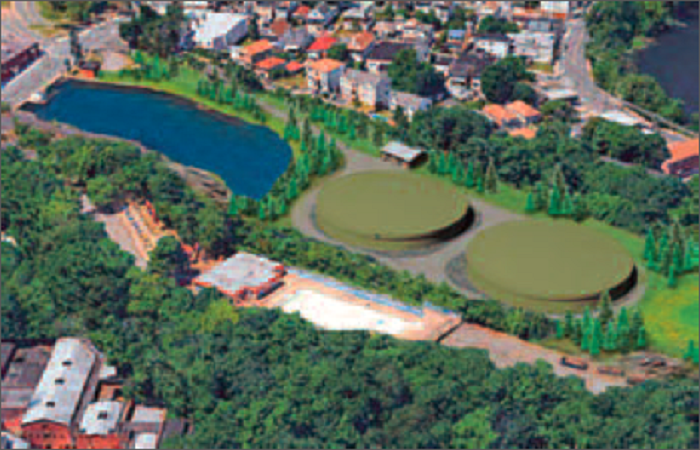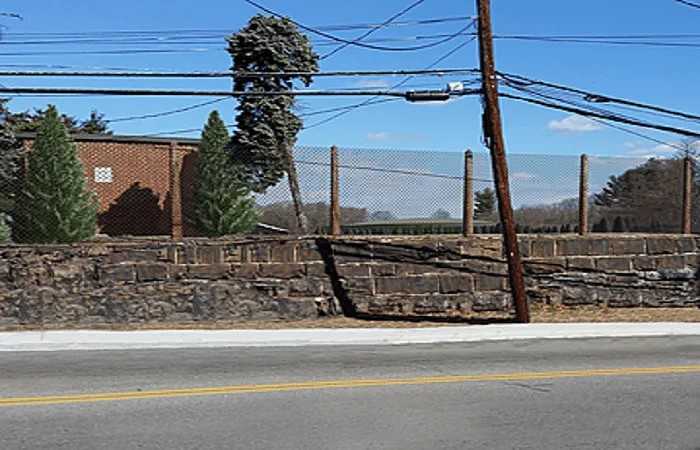Levine Reservoir: The Plan
In 2009, we agreed to the terms of an Administrative Consent Order (ACO) with NJ DEP. Among other things, it ordered us to "eliminate or cover these reservoirs."
In compliance with the ACO, we had a feasibility study conducted, which determined that building water tanks at the Levine Reservoir was the most cost-effective solution. A second study examined other locations, but determined we should build the tanks at the Levine Reservoir location.
Through community outreach and surveys, we heard from nearly 5,000 consumers. Overwhelmingly, they support the idea of building water tanks at the Levine Reservoir.
In July of 2020, we reached agreement with the EPA, NJ DEP and others. That agreement will allow the project to move forward and construction to begin.
Construction on this project is anticipated to start in 2025.
The Tanks, Pond and Plantings
 The Levine Reservoir will be taken out of service and replaced with water storage tanks. A portion of the reservoir will become a detention basin for stormwater runoff, surrounded with trees and other indigenous plantings. The banks at the south end of the pond will be planted with native flowers and plants. The goal is to create a sustainable habitat in a naturalized landscape.
The Levine Reservoir will be taken out of service and replaced with water storage tanks. A portion of the reservoir will become a detention basin for stormwater runoff, surrounded with trees and other indigenous plantings. The banks at the south end of the pond will be planted with native flowers and plants. The goal is to create a sustainable habitat in a naturalized landscape.
Two pre-stressed concrete tanks will be constructed on the site. Each tank will hold 2.5 million gallons of water or about half of the amount of water currently held by the reservoir. The tanks will not be visible from the Great Falls park area. Of the 3,700 buildings within one-half mile of the reservoir, the tanks will be visible to just 12 houses, with most of those houses located one-half mile away, up on Boulder Road.
They'll be installed at the northernmost portion of the property. The rocky shoals will remain.
Preserving the Historical District
 Without water Paterson would not have been an industrial center, but the water that flowed through the raceways and powered the city's industrial mills did not come from the Levine Reservoir. In fact, the Levine Reservoir was not even built until 1885, some 93 years after the industrial district was organized.
Without water Paterson would not have been an industrial center, but the water that flowed through the raceways and powered the city's industrial mills did not come from the Levine Reservoir. In fact, the Levine Reservoir was not even built until 1885, some 93 years after the industrial district was organized.
Levine Reservoir was never a part of the raceway system, yet it sits adjacent to the upper raceway which is part of the Great Falls National Historical Park.
Visit the Levine Reservoir Project page for more information.